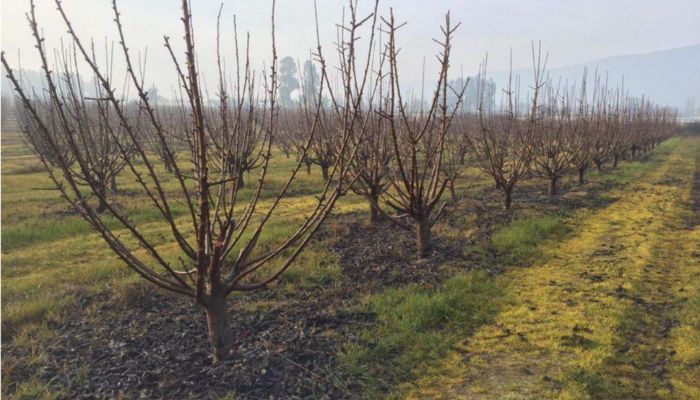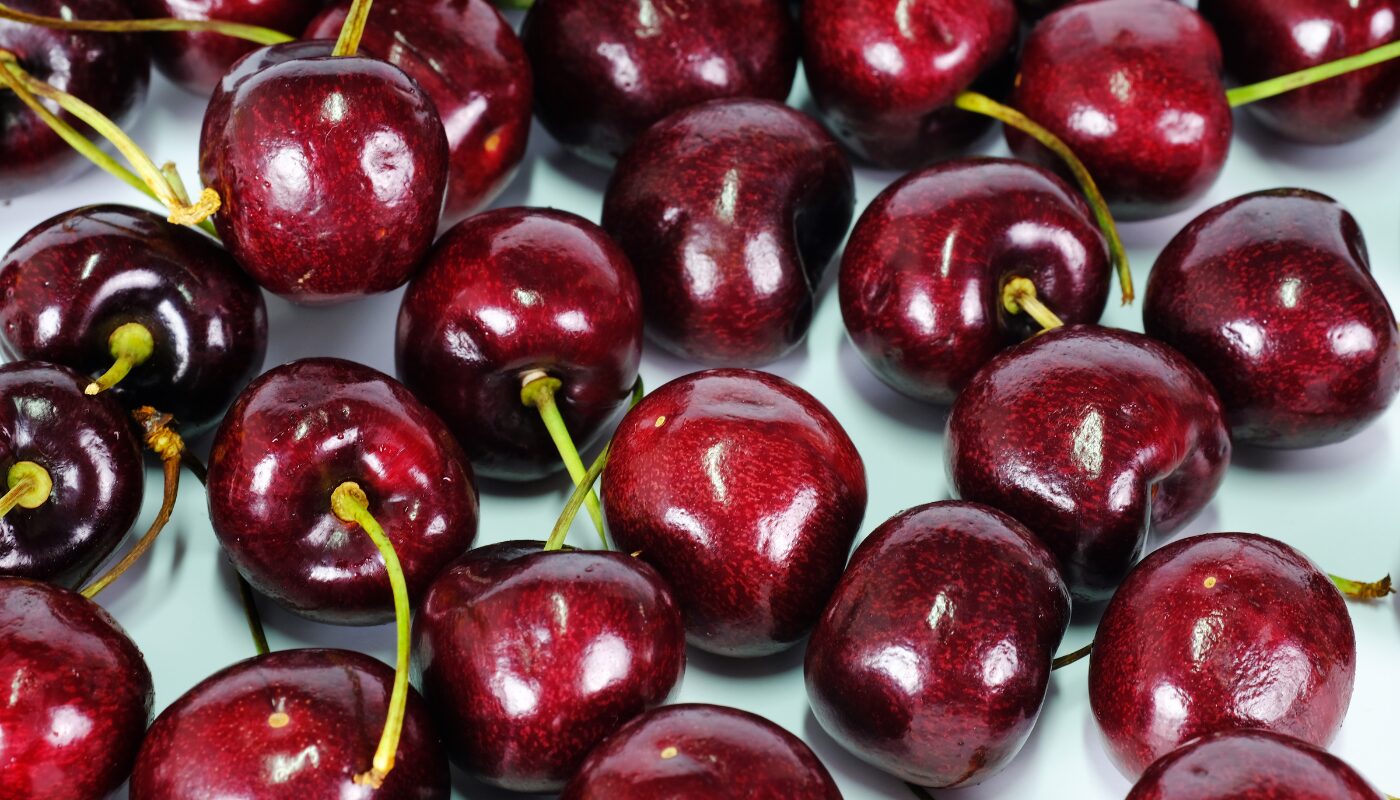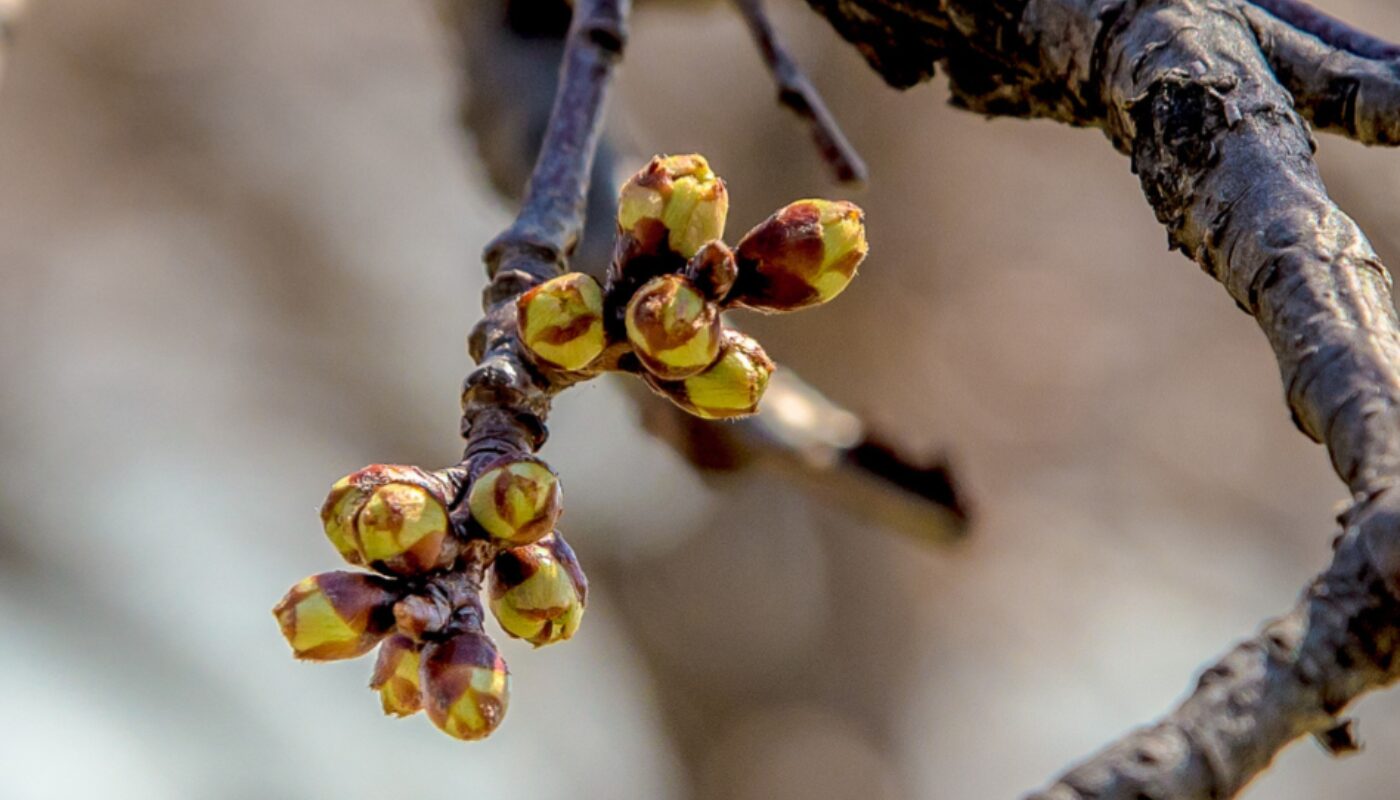More efficient conduction systems will compete with advantage to maximize the productivity of the workers. However, the choice must be related to a correct variety/rootstock/conduction-system combination and with correct procedures in the stage of orchard formation.
One of the great challenges in cherry production and the establishment of the orchard is to achieve being attractive for the harvest workforce. Cherry harvest is a short and intense period, where a large amount of fruit must be collected in a short period of time.
This doesn’t mean that an orchard necessarily has to be a high-density plantation and have pedestrian systems, but it does have to have great fruit potential with good quality and be comfortable for the harvesters.
Chile in 2019 had around 50 thousand hectares planted and an average approximate production of 7 tons per hectare considering orchards over 4 years. Chile’s harvest potential is 240 million kilos yearly and practically 70% of that potential harvested in December. If the harvesters collect an average of 150 kilos/day, in our country a workforce of 45 thousand people is needed just to meet the demand for that period.
It’s important to think what harvesters would prefer, do they want an orchard of 3.5 meters, with a ladder, or one that is 2.6 m., where it’s enough just to have a step stool? In the first we could harvest 150 kilos/day and in the other more efficient system maybe we could even exceed 250 kilos/day. Surely their choice would be to have less effort to achieve the objective.
“In Chile today, everything related to orchard technology, as an opinion I think 70% of the orchards, maybe 75% is over a central axis traditional orchard system, traditional with average densities that go between 800 to 1,000 plants per hectare. They are classic orchard not necessarily of low potential nor of poor quality, but they are classic orchards. They have nothing to envy about more modern orchards in terms of productivity, however, thinking of the future and thinking of the condition, in the efficiency and lack of our workforce probably they are orchards that are less friendly for all the tasks, not only for the harvest task but many times also for the formation task. Today there is a range of possibilities for developing orchards or developing more efficient formations and orchard that are lower or more compact.” Pointed out Carlos Tapia, Avium technical director.
Traditional orchards of a great height are not found anymore in countries like Spain, Italy, Germany, Australia, among others, and they only remain in places like the U.S. and Chile where the problem of labor supply is still not unleashed, maybe supported because there are regulations that allow them to hire temporary labor from other places.
“No conduction system or no formation system for my liking is to be criticized, conduction systems are not more objectionable from the formation point of view, from efficiency in the measure that they meet the required objective. I don’t believe that a Y orchard has less potential than a KGB nor than a Central Axis, or that it has less potential if they do it well. They are different orchards with different proposals. Today it was shown that all systems lower than the Y, like the UFO or like the KGB are systems that work well, that work, that some can be formed with more complications than others, but that the objective of producing fruit or having a good productive potential with quality fruit is met and sustained over time. They are tendencies, they are ideas, proposals, the producers take them, they leave them and personally I believe that the producer has a lot to contribute to the decision of the conduction system. For me it is very important that the producer feel comfortable with the conduction system that he’s managing. It is not recommendable for the producer to risk being in a system that he probably doesn’t know or that is with many doubts about the system. There is a style of producer that prefers innovation and I personally am thankful for those who have had the kindness to open and to have these options so that we can develop them, understand and in this way make fewer mistakes. But the conduction systems for my taste are not criticized, it is as valid as a central axis, like the modification of a central axis to be implemented in high-density orchards with weaker rootstocks like in the Gisela series, some MadMa 14 too, the variation of the central axis in the double axis is valid when there is a need to dilute vigor for the plant to have a better balance, the option of the central axis is valid to make a Y-Trellis also with the same objective and to lower the height of the orchard and it is also valid though it may seem more extreme or more abstract to make a KGB or a UFO-B in the measure that the systems are done with the precise and correct technique.” added Tapia.
Modern, easier systems, at least semi-pedestrian, will compete with an advantage to maximize productivity for workers. However, the choice must be related to the correct combination variety/rootstock/conduction system and with correct procedures in the orchard formation stage.
“I think that more efficient conduction systems will be the most attractive for labor, many times the conduction system not only adjusts to harvest more kilos per person, but also in some cases they have the possibility of being formed in a simpler or quicker way and allow implementing orchards with big surfaces. There are many 100-150 hectare KGB projects and that thanks to the simplicity that the KGB has to be formed that they could form them well and with few people, however, each one is centered on the productive issue, the lower systems, the more efficient systems are the ones that finally have the most success in terms of harvest yield.” emphasized the expert.
Bibliography references
-Carlos Tapia- Personal communication.
-Formation and Conduction Systems of Sweet Cherries – Miguel Ellena Dellinger. INIA BULLETINE N° 247.
-“Cherries, botany, production and uses”- Edited by: José Quero-García, Amy Lezonni, Joanna Pulawska and Gregory Lang.










